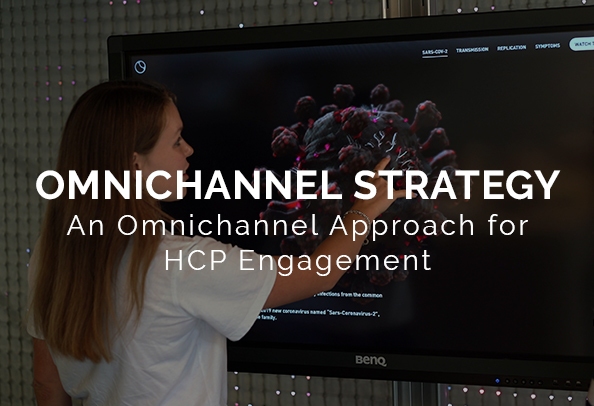Exploring the Use of Virtual Reality in Pharma
Virtual Reality (VR) involves a computer-simulated three-dimensional environment that creates an immersive artificial world. The global VR market was worth $17.25 billion in 2020 and is expected to reach $184.66 billion by 2026. VR is not just for gaming; the technology has been used within the healthcare industry for many years. However, it is still thought of as a new concept to many. Year-on-year VR is becoming a more powerful tool in the pharmaceutical industry, revolutionizing, and advancing the way we live and work. Significant improvements in communications, manufacturing operations, education, training, research, and engagement can be credited to VR.
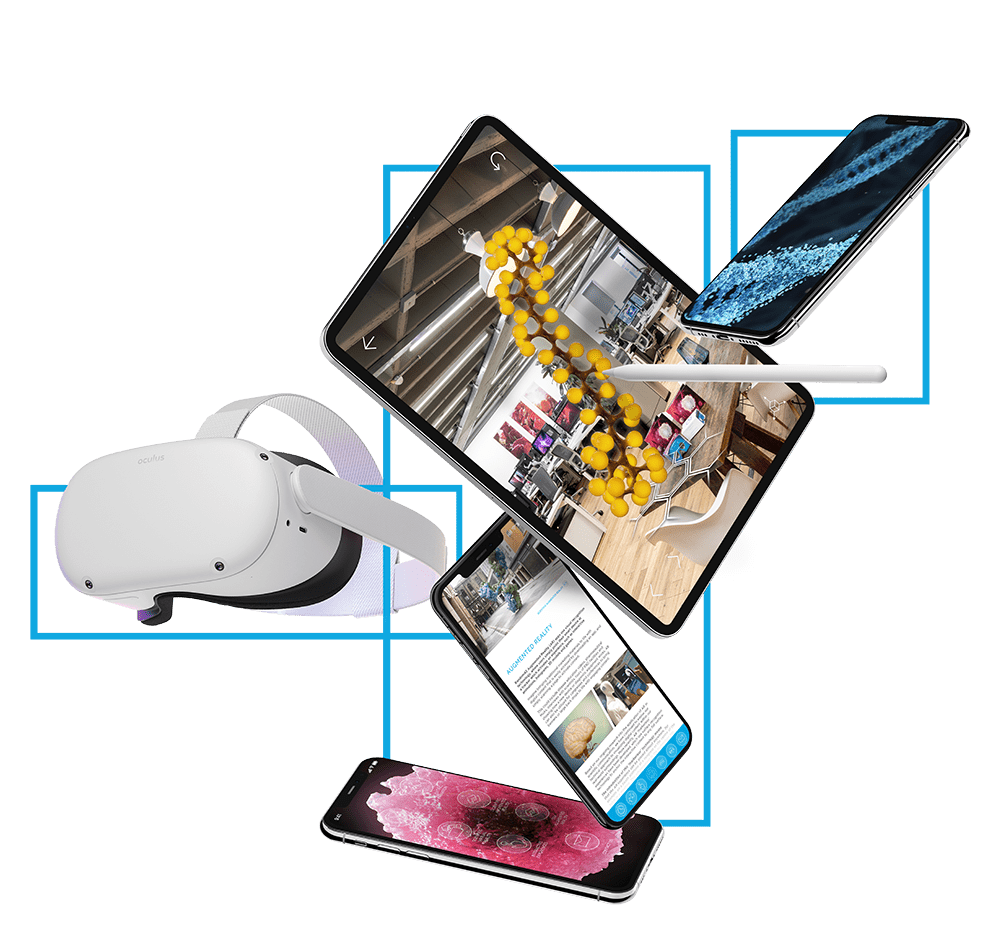
Since the birth of VR, there have been massive advancements in technology – both hardware and software. As technology advances, VR is becoming more exciting than ever before, with a magnitude of uses that bring the scientific communication experience to life.
The coronavirus pandemic has accelerated the ongoing digital transformation of the pharma and healthcare industries. As governments and public health institutions around the world encourage us to stay at home and follow social distancing guidelines, new challenges arise in staying connected and communicating effectively. There is a need for permanent solutions for improved digital communications to facilitate an increasing shift away from in-person meetings and conferences to virtual interactions. The extraordinary growth in digital communications from the impact of the coronavirus pandemic is expected to remain, as useful systems have now been implemented that adapt to our current and future needs.
At Random42, we create innovative VR experiences that elevate our scientific storytelling to a whole new level. VR technologies transport the user to another world, making it the perfect scientific visualization tool. Users can follow a drugs’ journey through the human body or view the molecular structure from different angles. This storytelling format, combined with state-of-the-art VR technology, brings intricate and highly complex messages to life, allowing the user to gain a deeper understanding of the science behind a medical product or disease area. It is easy to see how such technology has opened up a new world of possibilities for communication within the pharmaceutical and healthcare industry.
Below, we explore the various ways in which virtual reality is currently being used to innovate the pharmaceutical and healthcare industry…
Being able to captivate and engage is vital when it comes to pharmaceutical marketing and sales. Effective use of time is essential as sales representatives have minimal time with healthcare professionals (HCPs). Competing for a physician’s time and attention is a huge obstacle for successful pharmaceutical marketing. VR allows the sales representative to have a lasting impact with the HCP and allows the science to be communicated accurately and efficiently, with key details worked into the VR experience so that they no longer have to be reeled off in a traditional sales pitch. The infield use of VR by sales representatives and medical sales liaisons within the healthcare industry has been extremely beneficial. Compared with classic sales aids, a VR presentation increased the amount of time the sales representative had with a healthcare professional by 200%. This is an incredible breakthrough for the industry.
Using a VR application to show an animation in a three-dimensional world is an exciting concept which many pharmaceutical companies are regularly implementing. The technology allows 360 viewings of drugs, devices, and diagnostics MoAs, as well as disease investigation and understanding. HCPs can put on a headset and watch the science come to life around them. How molecules interact with exact body tissues can be intriguingly explored in precise detail. Pharma companies can be guaranteed that VR animations that show their product/device MoAs can be viewed in an engaging format, with the assurance that no important scientific specifics are “lost in translation”, guaranteeing flawless scientific communications.
VR assets can be used in many different applications, including:
• Congresses and Conferences
• Remote Control VR for Sales Reps/MSLs
• Interactive VR for Smartphones or Tablets
• Websites and Social Media Channels
and more…

VR offers a great solution for showcasing a product or device through virtual demonstrations and 360° view simulations. VR has dramatically increased engagement levels when it comes to product marketing. VR headsets allow the viewer to see a product or device from all angles. The user can also interact with the content, which heightens the engagement levels and aids understanding of how a product/device works in the body and the mechanism by which it performs. Using VR, a simple product/device demo or MoA/MoD can be turned into a more stimulating experience that resonates with the viewer and allows them to understand how the product/drug works in more detail. Rather than carrying around samples and large models to showcase a product or concept, a small VR headset is all that is needed.
VR has become a fundamental tool at conferences and events, where interactive demos, games, and experiences using headsets can not only attract attention but can also capture and maintain it. Product pipelines and mechanisms of action can be conveyed into a VR experience so that important key messages from trials and research can be explored at the touch of a button.
In contrast, VR can also work well remotely. The affordability of VR headsets means that they are widely accessible to the majority of companies and institutions. The content can be shared and ready to view on a VR device. Headsets can easily be shipped, which is extremely beneficial when clients or colleagues cannot travel due to COVID-19 restrictions.
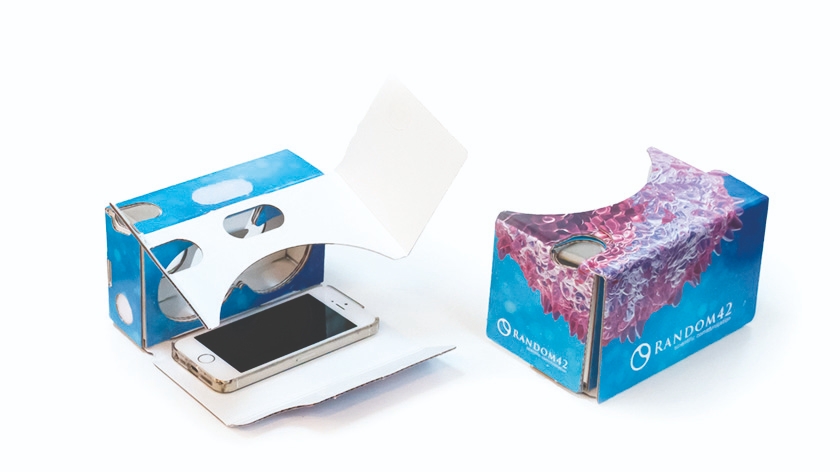
It is now also possible to simply slip your smartphone into a Google Cardboard and enter a virtual world from the comfort of your own home.
Brand awareness is key to all pharma and biotech companies, large and small. If consumers, investors, and HCPs recognize a company by its name, products, and services, there is an increased chance to make more sales or build a lasting relationship. Using VR is a clever and innovative marketing approach used to promote brand awareness to a variety of stakeholders. Marketing a product or service in such an impactful and memorable way is far more likely to create a lasting impression than a lecture, PowerPoint presentation, or print.
Immersive VR experiences have the wow factor that companies are on the search for. Statistics show that the average attention span of humans is shrinking, highlighting the need for clever marketing strategies that can engage, immerse and captivate an audience.
Engaging stakeholders with a thought-provoking experience is a great way to make meetings with investors and HCPs, or booths for events/conferences distinct, unique, and memorable. The more curious stakeholders become, the more they want to know and understand.
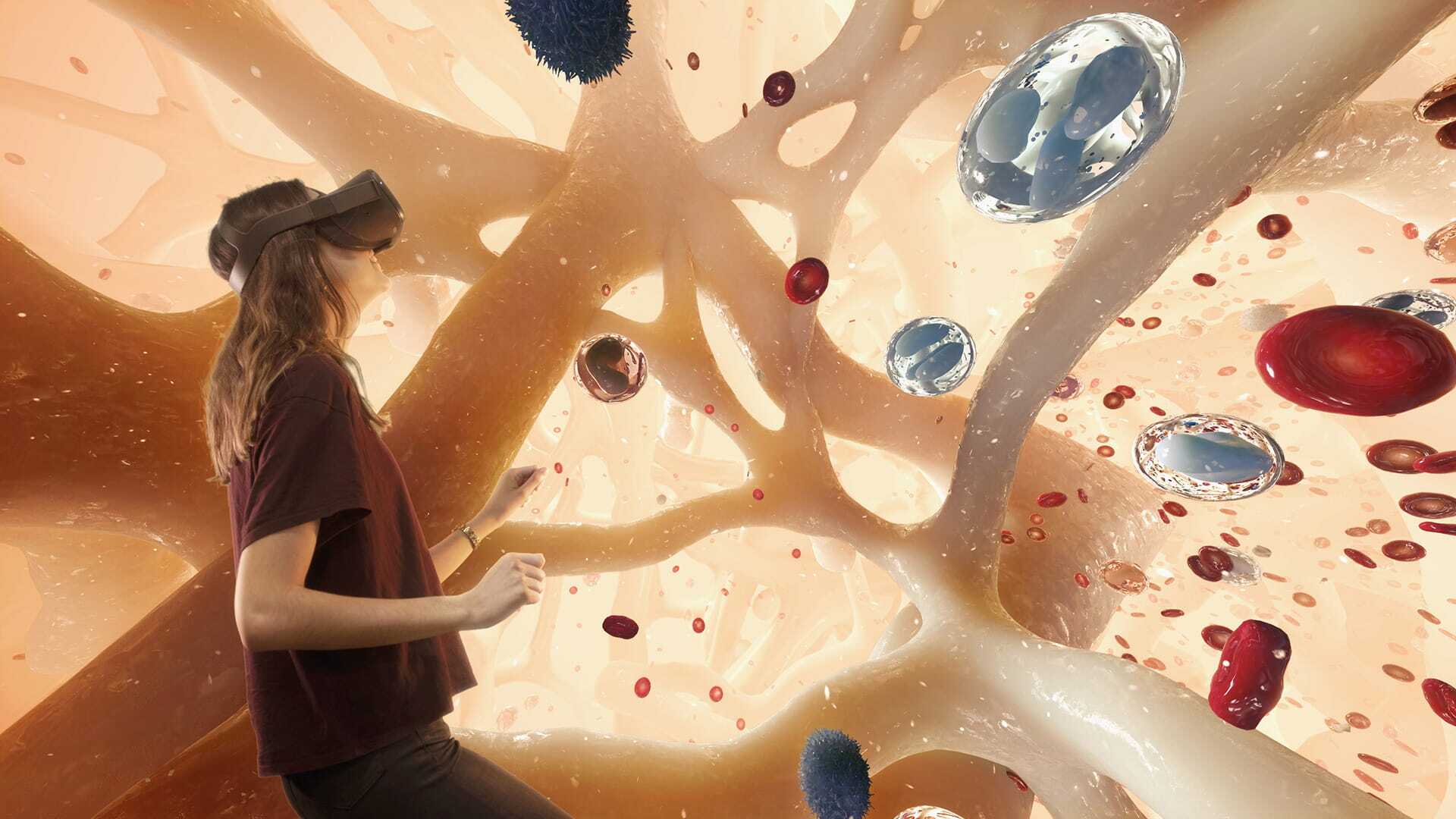
The value of VR in healthcare goes far beyond pharmaceutical marketing. VR is becoming an extremely valuable tool for educating patients about their conditions, medications, treatments, and surgical procedures. As patients become more inquisitive and curious about their conditions, treatments, and disease journey, HCPs need to be well equipped to help patients understand their illness and put them at ease.
Often the mechanisms by which drugs work are extremely complex, and many patients often struggle to understand how they will affect the body. This is where VR steps in. The opportunity for a patient to fully immerse themselves into the virtual world can help promote awareness of their condition and treatment plan. This helps reduce anxiety and provides the patient with a far greater knowledge of their condition, allowing them to make more informed decisions.
Another revolutionary use of VR is its support in diagnosing various diseases.
VR can be used alongside other diagnostic devices such as MRI and CT scanners to help physicians make an accurate diagnosis and identify many diseases. It has already been used to help diagnose Alzheimer’s, Schizophrenia, PTSD, ADHD, brain trauma, and eye conditions.
Furthermore, VR is also crucial for treatment and therapy in healthcare facilities. It is widely used as a helpful form of therapy for patients suffering from anxiety, stress, and psychotic disorders. There is also much promise in using VR for patient rehabilitation by providing stimulating activities to develop skills for patients with physical disabilities.
Finally, the capabilities of VR technology now benefit surgeons with preparation for complex surgeries and procedures. Immersive VR can be used to visualize a patient’s exact anatomy. The ability to accurately depict the anatomy and planned surgical approach can minimize complications and improve patient outcomes.
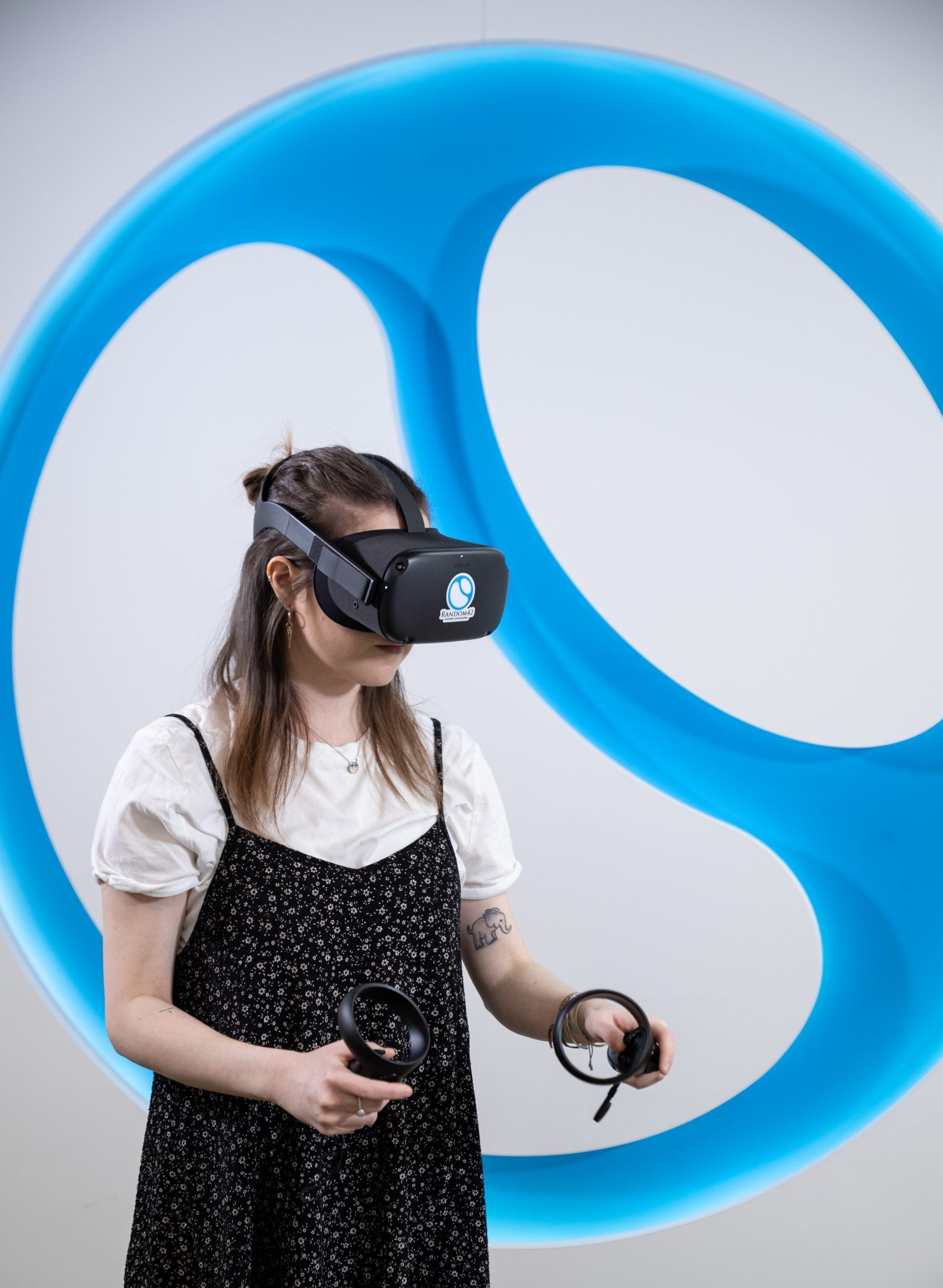
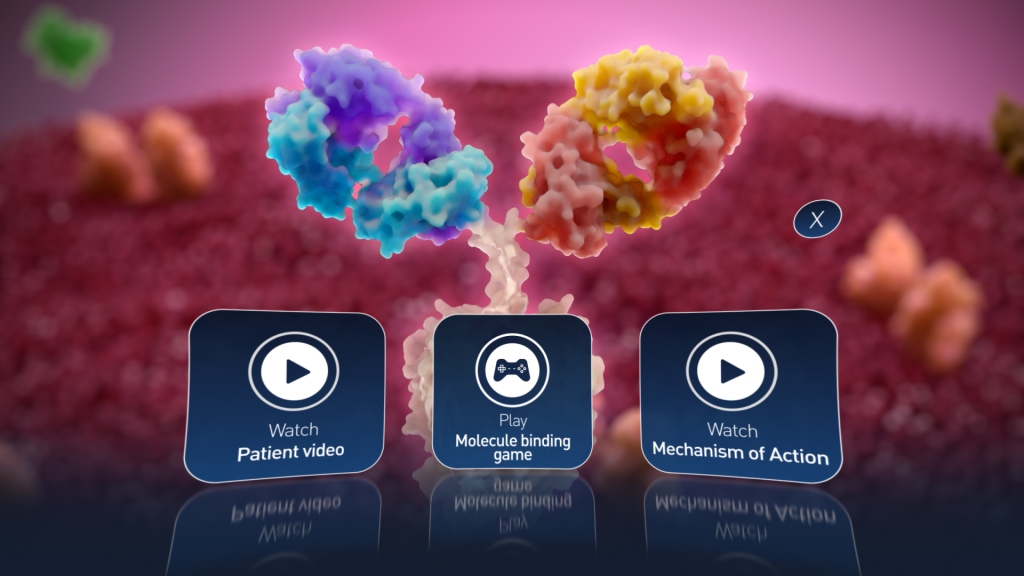
An increasingly popular use of VR is for medical training and education in the healthcare industry. Clinicians can be trained with VR headsets to demonstrate how to use medical devices, showing them how they work, how they are produced and how they feel in the body. This virtual training means that medical students and practitioners can prepare themselves from the comfort of their own homes, making them more qualified and practised for hands-on training.
Medical students need real experiences to gain a high level of medical knowledge. However, it can be difficult for trainee surgeons to get the hands-on experience they need to master their surgical skills. This is where VR can allow students to get “on-demand” access to simulated three-dimensional immersive training. The response to VR by medical students and HCPs has been extremely well received and has made huge positive impacts on their scientific understanding and medical ability.
 Understating a scientific topic, how the body functions and the pathways of a molecule or drug are essential for scientific research. Being able to visualize a concept and step inside the environment being researched can significantly improve the way we comprehend something. VR can not only provide a fun way to understand, but it can, more importantly, stimulate a greater level of understanding and lasting retention.
Understating a scientific topic, how the body functions and the pathways of a molecule or drug are essential for scientific research. Being able to visualize a concept and step inside the environment being researched can significantly improve the way we comprehend something. VR can not only provide a fun way to understand, but it can, more importantly, stimulate a greater level of understanding and lasting retention. Pharmaceutical companies rely on good data processing within their research and development facilities. As the quantities of data from drug pipelines and trials increase, pharma companies are looking for technology to communicate crucial data in a visual presentation. VR can help to visualize data and bring it to life in such an exciting and novel way.
A prime use of VR in pharma research is its implementation for drug-target interaction studies and predicting the outcomes of a drug’s effect in the body. Using VR technology to see how molecules interact and move around the body is extremely beneficial for improving drug discovery and preclinical research phases. This is because the research scientists can see these interactions and mechanisms, which goes far beyond human imagination alone. This assists scientists to restructure and re-engineer molecules and drugs.
Immersive VR has become a key player for next-generation drug discovery and pharmacological modelling. Traditional 3D models and 2D projections have been a useful tool for researchers, but VR offers several advantages to drug discovery and modelling. VR allows the user to step inside the molecular environment and see the product, drug, or molecule they want to learn more about in action.
In drug discovery, VR apparatus allows researchers to observe dynamics that are crucial for predicting the molecular modifications needed to design new drug candidates, allowing scientific creativity. Ligand interactions, structural proteins, binding sites, microbes, macromolecules, viruses… the list of key scientific life to visualize is endless.
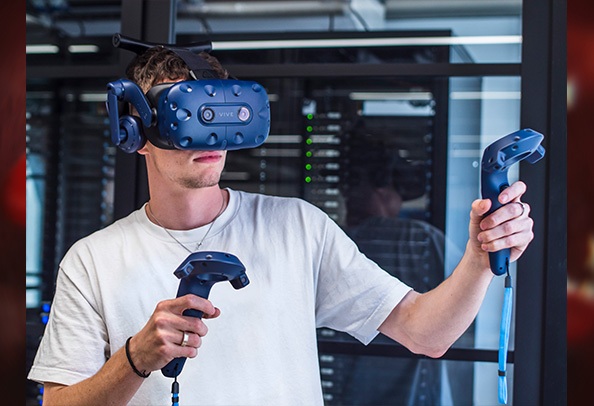
Pharmaceutical manufacturing is a highly precise process that requires an extremely high level of control and consistency. Pharmaceutical companies usually require complex machines and equipment in their production lines. This equipment involves highly skilled specialists who are trained to operate equipment correctly. VR has been adopted as an important training tool for such operators.
The equipment can be explained and visualized using VR. Operators can gain a crucial understanding of how the equipment works before even stepping foot into a lab or factory. This prior knowledge and understanding reduce the risk of accidents and mistakes, significantly improving the quality of training and overall operations.
It is evident that VR is an extremely beneficial tool in the pharmaceutical industry, no matter the intended use. This innovative technology has the power to communicate complex information in an engaging, exciting, and interactive format. When used to its full potential, VR can accelerate learning and understanding, and streamline pharmaceutical processes. VR can benefit all stakeholders within the pharma and healthcare industries and can be adapted for a wide variety of applications.
The possibilities of VR are endless, and Random42 constantly explores the new prospects of VR in the pharmaceutical industry and medical field every day. As huge advancements are made in VR, practical obstacles are overcome as the technology becomes more accessible, easy-to-use, affordable, and efficient. If you want to work with an expert and dedicated team to create an innovative VR experience, please begin by getting in touch.
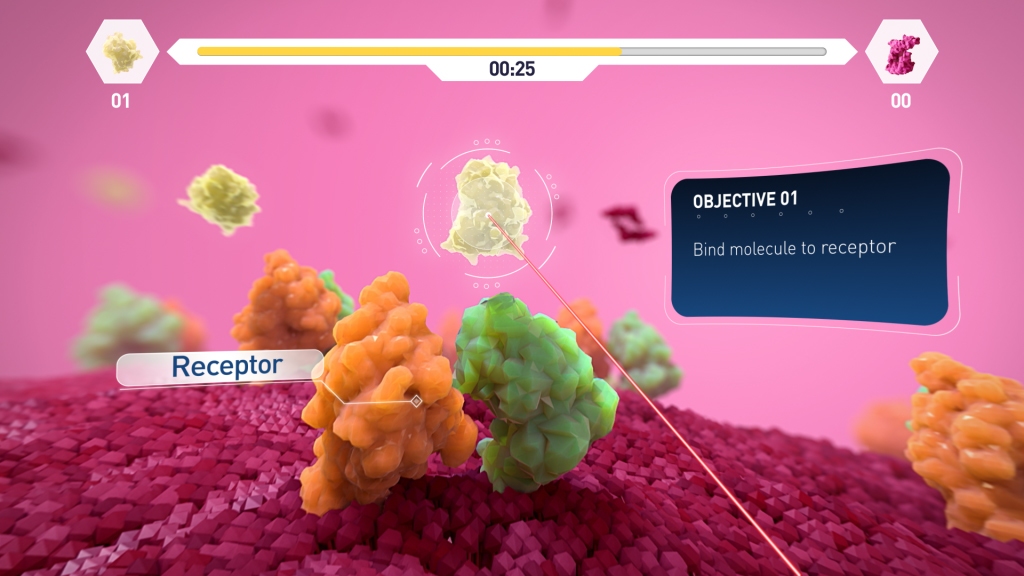
Are you interested in seeing how medical animation can help you?
Related news
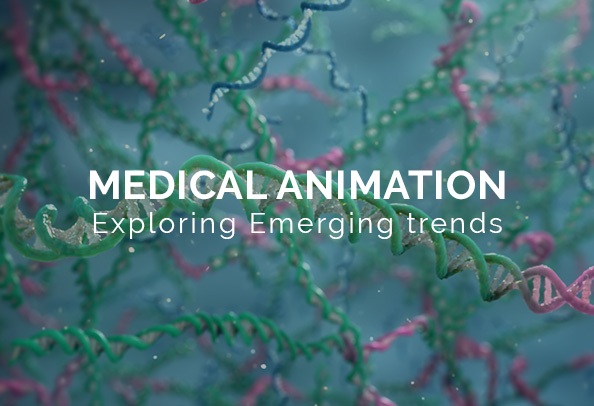
Emerging Trends in Medical Animation
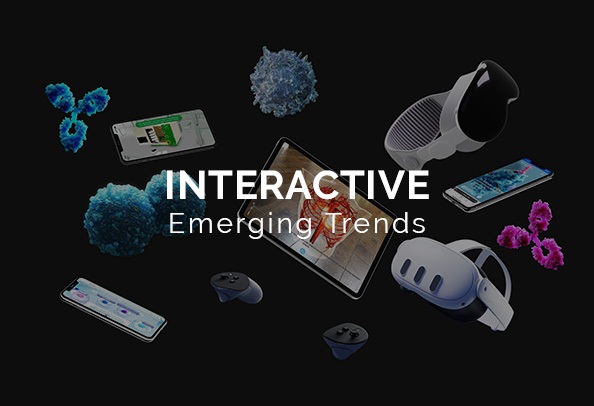
Emerging Interactive Trends
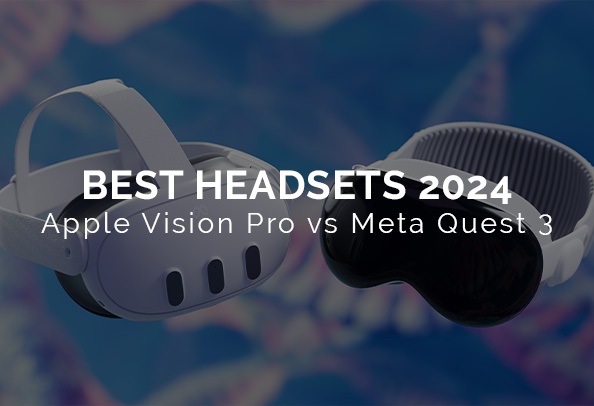
Best Headsets of 2024
